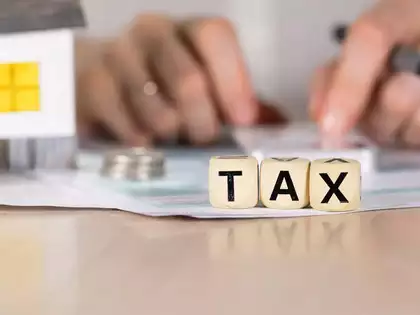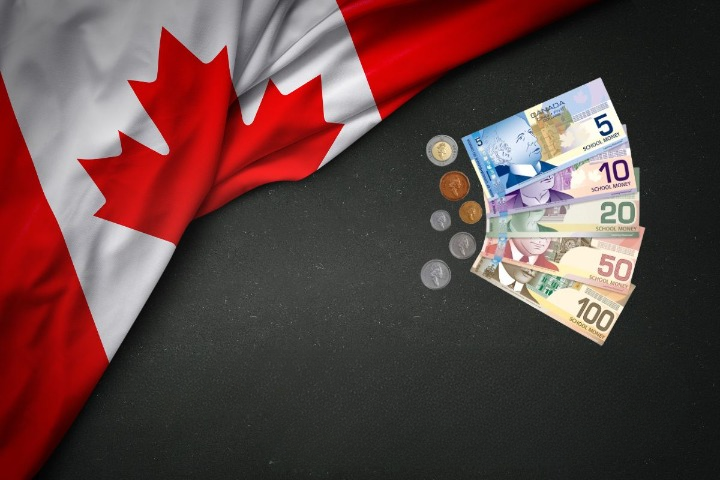The Canadian government introduced the Canada Carbon Rebate (CCR) to help offset the financial burden of the federal carbon tax for eligible residents. As the cost of fossil fuels rises due to the increasing carbon tax, the CCR provides a partial rebate to help Canadians manage these expenses.
Here’s a comprehensive breakdown of the Canada Carbon Rebate program in 2024, including eligibility criteria, payment dates, and rebate amounts.
The Carbon Tax and Its Purpose
On April 1, 2024, the federal government increased the carbon tax from $65 per tonne to $80 per tonne. This aims to encourage Canadians to make eco-friendly choices by raising the price of gasoline, diesel, and other polluting fuels. By transitioning towards cleaner energy sources and adopting fuel-efficient practices, Canadians can minimize their carbon footprint and potentially benefit from a larger rebate.
The Canada Carbon Rebate Explained
The CCR is a tax-free benefit designed to assist qualifying individuals and families in covering a portion of the federal carbon pricing expense. It’s important to note that this program only applies to residents of provinces adhering to the federal carbon pricing system. Residents of British Columbia, Quebec, and the Northwest Territories have their separate carbon pricing programs and are not eligible for the federal CCR.
Previously known as the Climate Action Incentive (CAI) from 2018 to 2020 and the Climate Action Incentive Payment (CAIP) between 2 021 and 2023, the program received its current name, Canada Carbon Rebate, in 2024.
How Does the CCR Program Work?
The CCR is distributed four times a year on specific dates: April 15, June 15, October 15, and January 15. Your eligibility is determined by your province of residence, the number of people in your household, and your residency location (rural vs. urban). There’s also a supplement available for residents living in remote or small communities.
There’s no need to apply for the CCR; simply filing your annual income tax return is sufficient. According to the Parliamentary Budget Office, nearly 80% of Canadians receive more money back through the rebate than they pay in carbon tax. This approach incentivizes Canadians to choose greener alternatives like public transportation or hybrid vehicles, ultimately leading to a reduction in carbon emissions.
Canada Carbon Rebate Amount Details

In January 2024, approximately 12 million Canadians received carbon tax rebates totaling $2.3 billion. The amount you receive depends on your province of residence and the number of eligible individuals in your household. Here’s a breakdown of the current base CCR amount for a family of four (two adults and two children) and an example of how the quarterly payment works:
| Province | Individual/Spouse/Common-Law Partner | Per Child Under 19 | First Child in a Single-Parent Family | Quarterly/Annual Rebate for a Family of Four |
|---|---|---|---|---|
| Alberta | $225 | $112.50 | $56.25 | $112.50 |
| Manitoba | $150 | $75 | $37.50 | $75 |
| New Brunswick | $95 | $47.50 | $23.75 | $47.50 |
| Newfoundland and Labrador | $149 | $74.50 | $37.25 | $74.50 |
| Nova Scotia | $103 | $51.50 | $25.75 | $51.50 |
| Ontario | $140 | $70 | $35 | $70 |
| Prince Edward Island | $110 | $55 | $27.50 | $55 |
| Saskatchewan | $188 | $94 | $47 | $94 |
Rural Supplement for Increased Rebate
Residents living outside major urban centers receive a 20% higher rebate compared to the base amount. This acknowledges their greater reliance on fossil fuels due to limited access to alternative transportation options. Before April 1, 2024, the rural supplement was 10% of the base amount.

